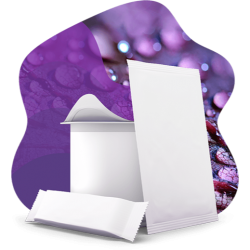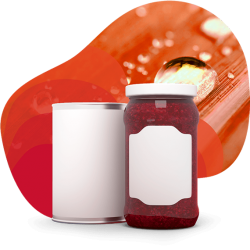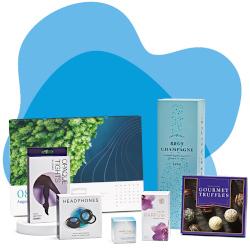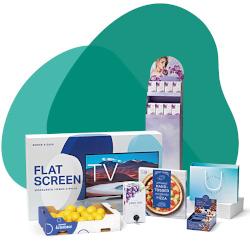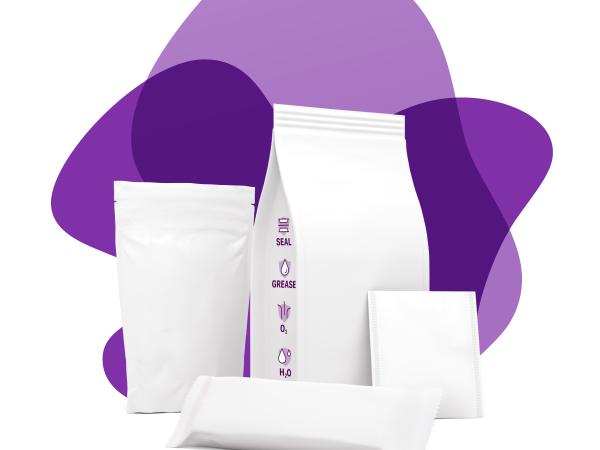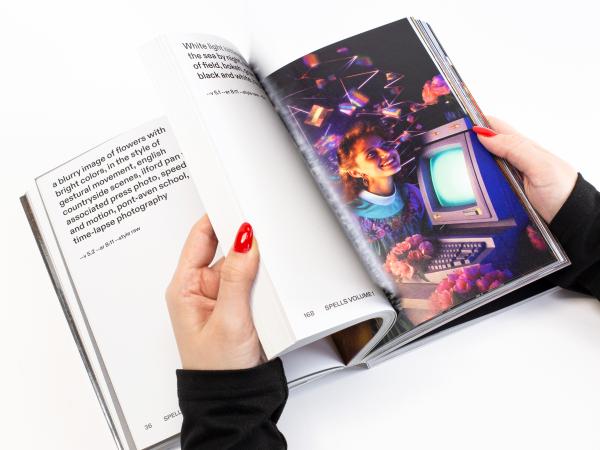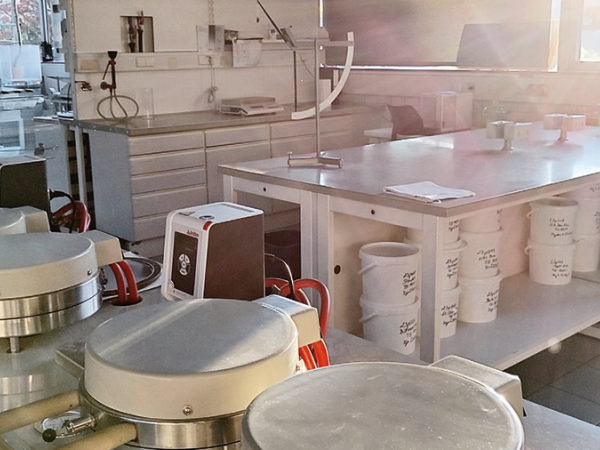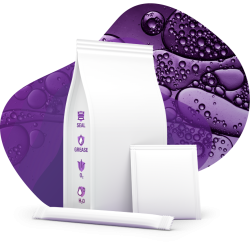
CO2 comparison of packaging materials
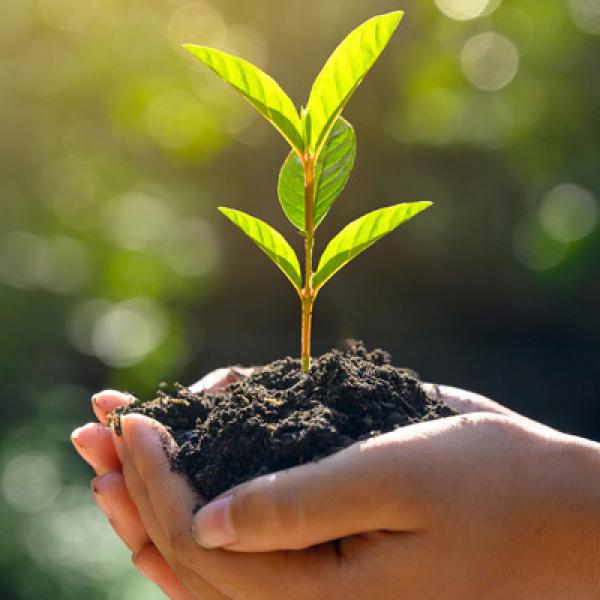
A More recycling, fewer C02 emissions, improved sustainability: the concept of Going Green is more relevant than ever for consumers and for the packaging industry. We explain here the benefit of fibre-based materials.
The ambitious European climate protection target is to reduce greenhouse gas emissions by 80 to 95 per cent by 2050. It is not just pressure due to regulatory requirements however, but also a growing awareness of the issue that is a key driver towards more sustainable consumption, and as product protection is paramount when it comes to food, the barrier properties of paper packaging are particularly vital.
What consumers expect from packaging:
- As much packaging as is necessary and as little as possible
- Renewable resources instead of fossil resources
- Biodegradable packaging
- Environmentally friendly production and efficient transport flows
CO2 assessment of packaging materials
A recently published study highlights the role of cellulose fibre-based packaging in the reduction of CO2 emissions. It reveals how fibre-based materials can improve the environmental compatibility of food packaging. Different packaging types were examined by means of a simplified environmental design life cycle assessment (LCA) to compare each packaging solution with its fossil counterpart. The results show that cellulose fibre-based packaging has a lower environmental impact than packaging produced from fossil materials, when a similar packaging weight is taken as the basis. In fact, the values for plastic-based packaging are between 3 and 5 kg CO2 eq/kg, while the values for cellulose fibre-based packaging are less than 1.5 kg CO2 eq/kg.
Why customers are buying green and what the EU is stipulating
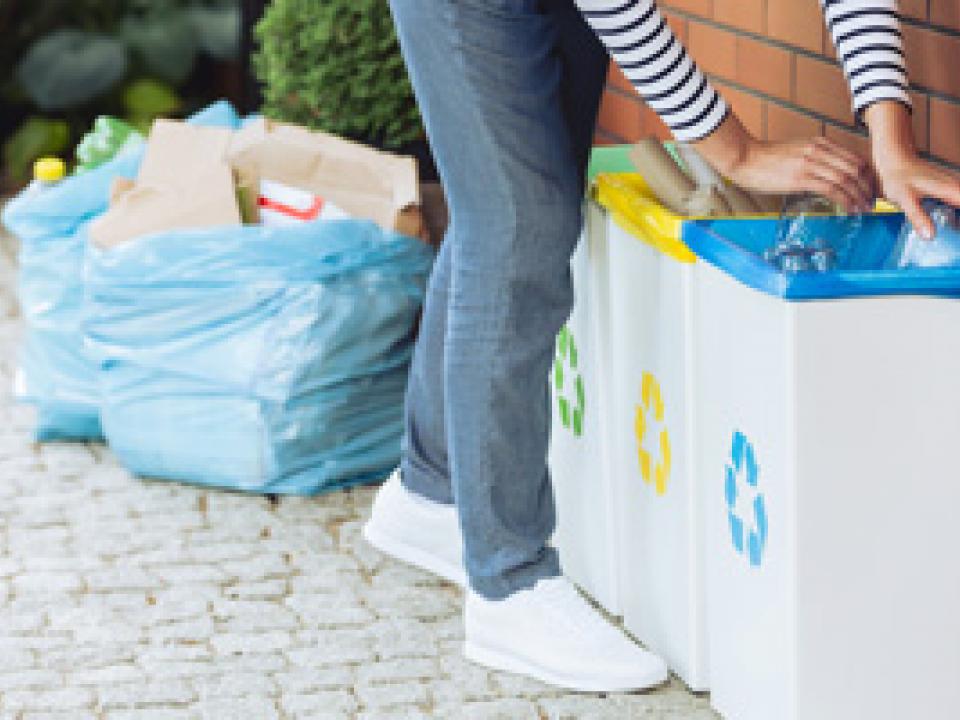
Around 227.5 kg of packaging waste is produced per capita each year in Germany alone – the highest in Europe, however, environmental awareness is growing. According to a survey by Accenture, almost 80 per cent of German consumers would like to purchase more environmentally friendly products in the future, with almost half of them willing to pay more to do so.
Legislation is also taking climate change into account. For example, new regulations and directives are constantly being passed at European level, with the aim of significantly reducing plastic pollution and increasing recycling rates. Many different measures have been introduced. These include market restrictions, consumption reduction targets, as well as regulations for design, collection and labelling.
Establishment of a full circular economy
A major benefit of wood fibres is that the previously absorbed CO2 greenhouse gas continues to be bound during the processing of the fibres into paperboard and packaging, as well as in the reuse of the material after recycling. And since the reduction of CO2 emissions does not just relate to the material used, but to its entire life cycle, the goal is to establish a complete circular economy. The core idea of the circular economy is to make longer and more extensive use of the materials through recycling, reuse and reprocessing. We are on the right track with this. The recycling rate of paper is already very high: in the 28 countries of the EU, 85.8 per cent of paper and paperboard packaging waste is recycled.
Barrier properties are important when it comes to food
A long-term recommendation for manufacturers should therefore be to make environmentally friendly packaging part of their brand message and to establish a connection to their product in terms of content. In addition to factors such as design, weight, use of resources during production, disposal and transportation, the protective functions of packaging are very important. This is because food products require specific barrier properties, that cellulose-based packaging also needs to offer.
Sappi’s focus is on innovation and sustainability
Sappi has been investing in the development of functional papers featuring barriers against water vapour, oxygen, grease and oil with excellent heat-sealing properties for many years. Considerable progress has already been made. Many brand manufacturers are already using recyclable barrier papers for their packaging, however, the long-term goal for Sappi is to offer 100% renewable materials and high barrier properties, capable of performing under the most difficult conditions. Sappi has also brought their sustainability priorities in line with the sustainable development goals established by the UN. After careful analysis throughout the entire Sappi Group, they are currently focused in particular on meeting the requirements of seven of the total of seventeen goals.
